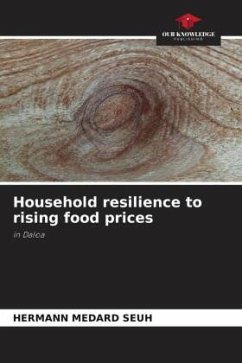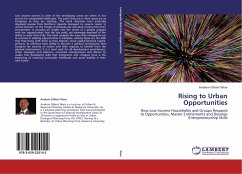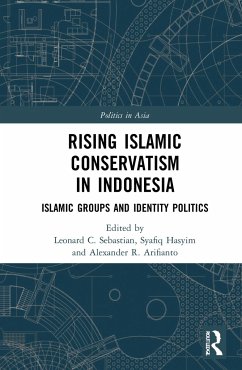
Welfare impact of Rising food prices: QUAIDS
Versandkostenfrei!
Versandfertig in 1-2 Wochen
24,99 €
inkl. MwSt.

PAYBACK Punkte
12 °P sammeln!
Ethiopia has experienced high food prices, especially since 2005. This paper examines the welfare impacts of rising food prices in rural Ethiopia using Quadratic Almost Ideal Demand System (QUAIDS) approach controlled for expenditure endogeneity and zero consumption expenditure. The elasticity coefficients, derived from QUAIDS, are used to estimate Compensated Variations (CV), which explicitly accounts for profit function and substitution effects. The study uses Ethiopia Rural Household Survey (ERHS) panel data, encompassing both low and high price periods.












